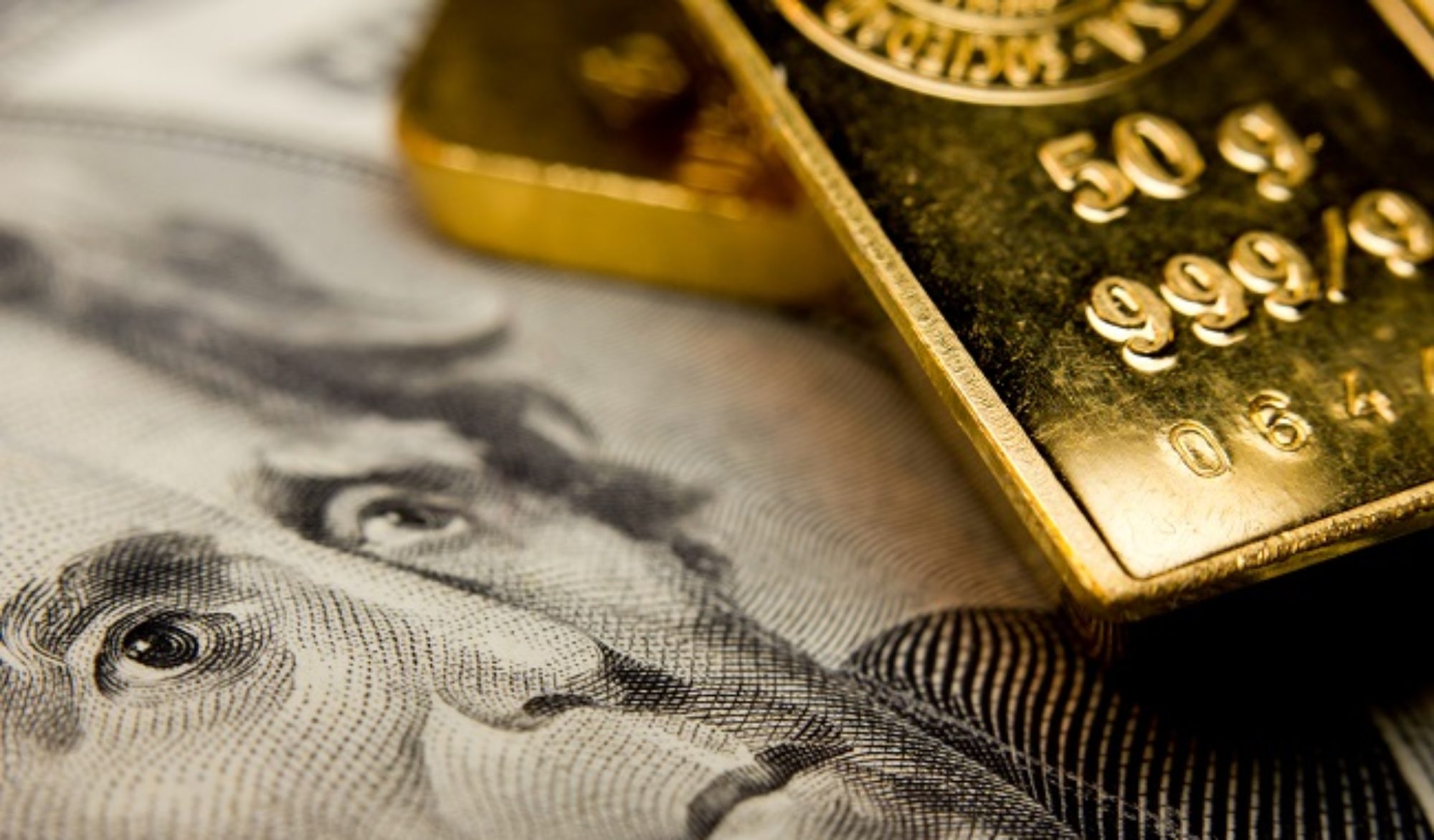Better known today as Mr. Fibonacci, short for filius Bonacci (‘son of Bonacci’). Born in 1175 in Pisa, Italy as the son of a merchant he discovered and wrote about calculating profits & currency conversion (besides general math & algebra ideas). He gave us a lot more than ‘just’ the famous Fibonacci sequence. I leave that to you to find out…
The Fibonacci sequence
“A certain man put a pair of rabbits in a place surrounded on all sides by a wall. How many pairs of rabbits can be produced from that pair in a year if it is supposed that every month each pair begets a new pair which from the second month on becomes productive?“
That was the problem posed in his book “Liber abaci”. The answer? The Fibonacci sequence.
I can’t put the basics better than investopedia;
The Fibonacci sequence is as follows: 0, 1, 1, 2, 3, 5, 8, 13, 21, 34, 55, 89, 144, etc. Each term in this sequence is simply the sum of the two preceding terms.
One of the remarkable characteristics of this numerical sequence is that each number is approximately 1.618 times greater than the preceding number (known as the golden ratio). This common relationship between every number in the series is the foundation of the ratios used by technical traders to determine retracement levels.
The key Fibonacci ratio of 61.8% is found by dividing one number in the series by the number that follows it. For example, 21 divided by 34 equals 0.6176, and 55 divided by 89 equals about 0.61798.
The 38.2% ratio is discovered by dividing a number in the series by the number located two spots to the right. For instance, 55 divided by 144 equals approximately 0.38194.
The 23.6% ratio is found by dividing one number in the series by the number that is three places to the right. For example, 8 divided by 34 equals about 0.23529.

Let’s start with the most interesting appearances of these levels… in nature. First, clench your fist…
Nature
In the 19th century scientists began to discover such sequences in nature; in the spirals of sunflower heads, in pine cones, in the regular descent (genealogy) of the male bee, in the related logarithmic spiral in snail shells, in the arrangement of leaf buds on a stem, in animal horns, etc.







Charts
In Tradingview (and other TA apps) you can easily overlay these Fibonacci levels (“Fib retracement”) to your graph. You just need to pinpoint a “low swing point” and a “high swing point” to visualize these levels. Note that this just one of the tools you can use to find support or resistance levels, time zones, etc. It’s not the holy grail on its own.
Example, yesterday’s (11/08/20) Gold retracement; It broke but bounced back around the 23.6% retracement level.

The expectation (from this tool) is that it will find support at one of those Fibonacci retracement levels.
Note: Anyone paying attention sees that the 50% level is often shown in these applications, but it isn’t a Fibonacci number… It sneaked in there (for obvious reasons) and never left again. A pity for the math geeks.
Cheers, Pete


Thanks friend , use Fibs in stock trading